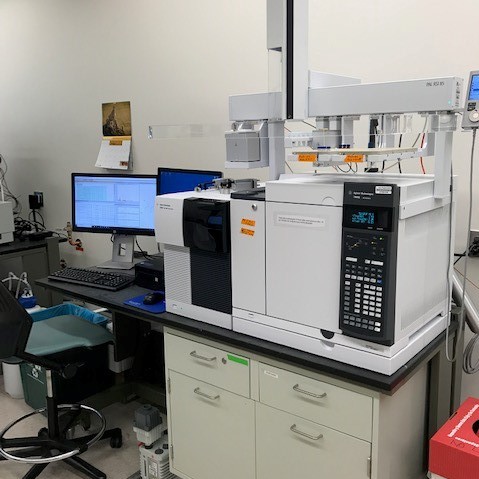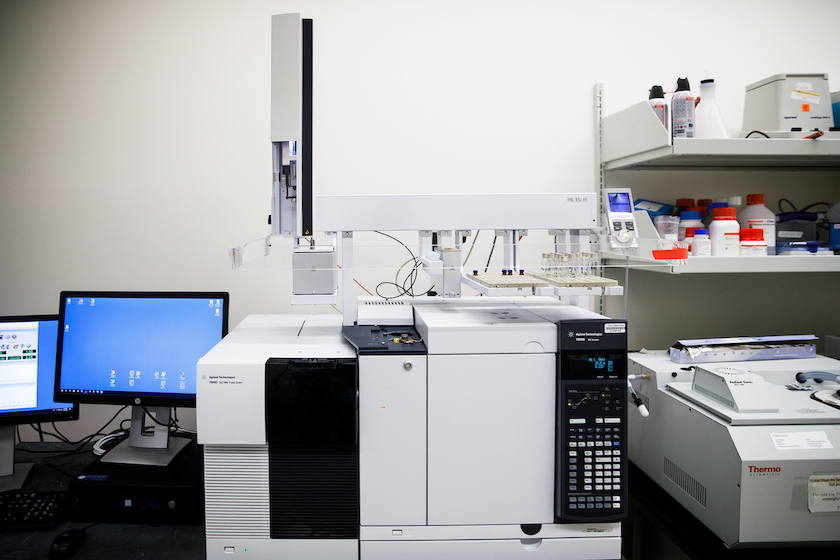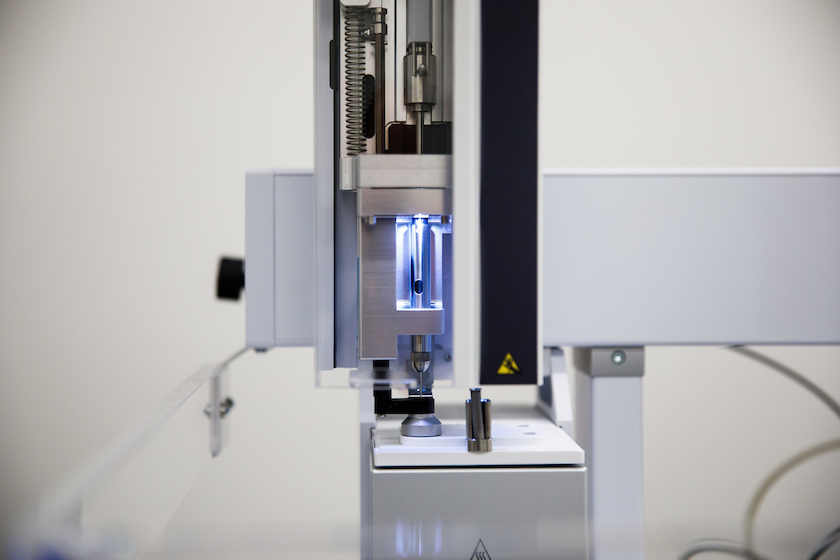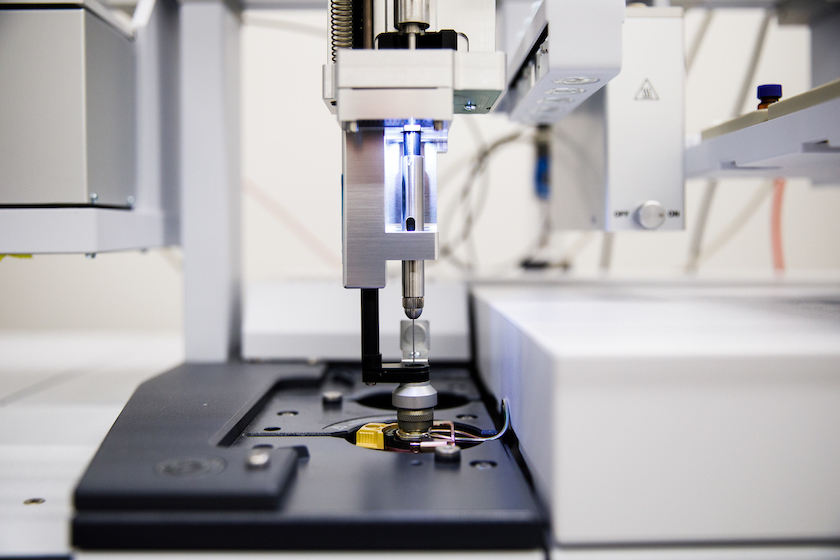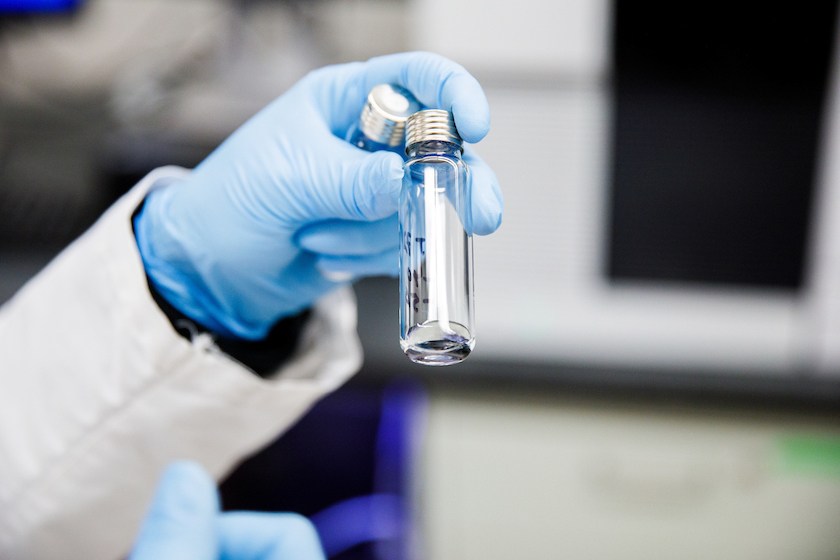Location
Description
This mass spectrometer is the newest version of the Agilent GC-MS/MS featuring both electron impact (EI) and chemical ionization (CI) techniques. The instrument is also Agilent single quadrupole compatible permitting users to load and execute old GC-MS methods. The triple quadrupole allows users to design experiments with neutral ion loss, neutral ion gain, precursor scan, product ion scan, multiple reaction monitoring (MRM), MS1 scan, and MS1 single ion monitoring (SIM). Utilizes PAL autosampler arm with liquid injection, headspace, and SPME application capabilities.
Specifications
- Mode of operation: EI standard, CI optional (contact facility staff)
- Filaments: Dual filaments for EI
- Electron energy: 10 to 300 eV
- Transfer line temperature: 0 to 400 °C
- Ion source temperature: 150 to 350 °C
- Quadrupole temperature: 150 to 200 °C
- Mass range: 10 to 1,050 m/z
- Scan rate: Up to 20,000 amu/s
- Tuning: Autotune or manual
- MRM speed: 800 transitions/sec
- Minimum MRM dwell: 0.5 msec
- Collision cell: Linear hexapole
- Collision cell gas: Nitrogen with helium quench gas
- Collision energy: Selectable up to 60 eV
- PAL3 Autosampler System
- Liquid injection
- Headspace injection
- SPME injection
- Oven temperature: Ambient + 4 to 450 °C
- Oven ramps/plateaus: Supports 20 oven ramps and 21 plateaus Negative ramps are allowed
- Ramp rate: up to 75 °C/min (120 V)
Techniques
- Target known parent ions and daughter fragments
- library matching of unknown compounds
- manual liquid, headspace or SPME injections
- match retention time and fragmentation to known standards
Documents and manuals
- File
ASU Unit
Knowledge Enterprise
Rates
Please see our rates page for detailed pricing information.
Photos


